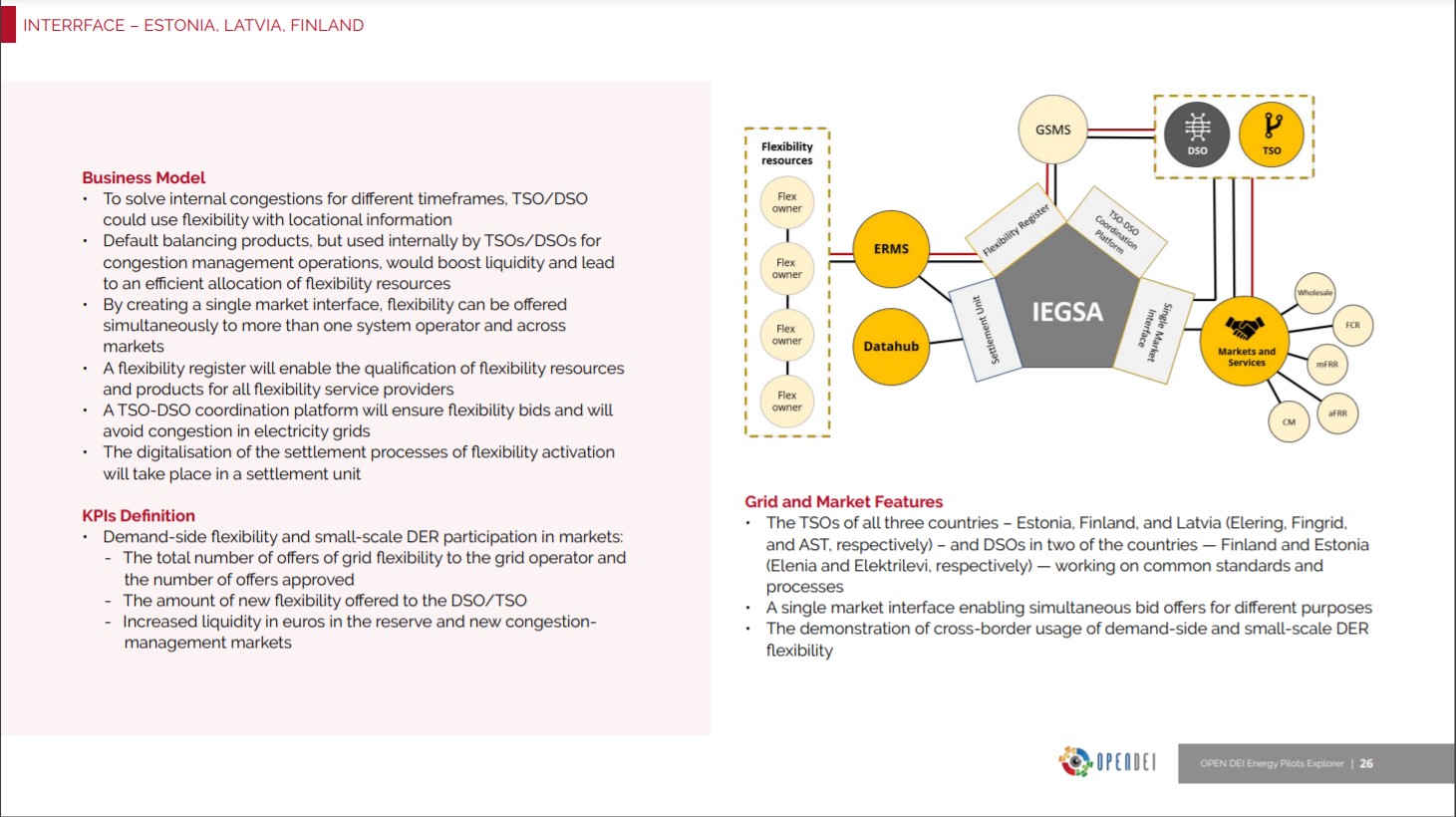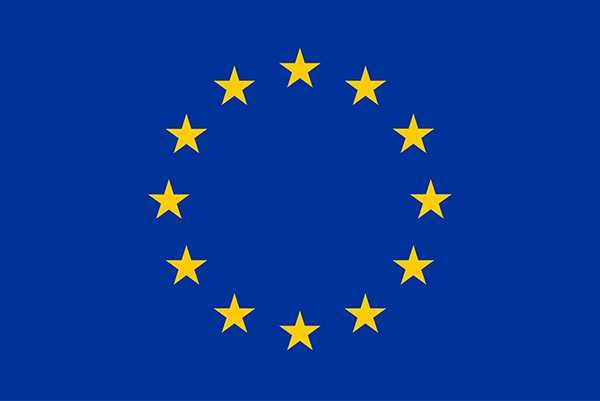Location: Baltic-Nordic region – Finland, Estonia, Latvia
Description:
The proposed concept of single flexibility platform would test main congestion management, frequency and balance management, and flexible integration of distributed generation/consumption business use-cases with “slow” and “quick” load activation product candidates and would allow for cascading balance to be achieved between grid levels.
The purpose of the flexibility platform is to:
- Publish and operate a market framework for distributed flexibility exchange between key stakeholders – consumers, prosumers, TSOs, DSOs, suppliers, BSPs, generators. Valuate resources according to the needs of the stakeholders and the respective grid situations in order to achieve optimum resource usage with maximum resource exposure
- Develop technical procedures to manage grid and system limitations via the aggregated control of consumption and / or generation
- Utilize flexibility services as viable means to tackling grid limitations.
The task will focus on the adaptation of the suitable market framework. The business use cases and service use cases will be described in more detail and suitable market rules and coordination schemes for Baltic-Nordic region will be defined. The IEGSA platform architecture will be parameterized and will undergo further technical testing. All the business use cases will be tested and demonstrated on real market situation. The use cases to be demonstrated are (a) congestion management (from TSO and/or DSO side); (b) frequency/ balance management in TSO side, including mFRR, aFRR, FCR products and demonstration in cross-border usage; (c) flexible grid connectors, where both contracts and technical feasibility will be demonstrated; (d) trading between interested market participants, like BRPs, prosumers.
Objective and ambition
• Platform, where TSOs, DSOs, prosumers (flexibility owners), BRPs, Suppliers can trade flexibility services in a transparent and cost-effective way.
• Validation of a dynamic market model that promotes liquidity, exposes flexibility resources to all levels of grid and different markets, enables connectivity of resources on all levels and facilitates timely operation of resources.
• Closer cooperation with TSOs and DSOs, leading to a more reliable network as well as lower grid management costs.
• Expands the opportunities for market participants to be involved in balancing and flexibility markets, both as bid providers and bid users.
• Increases the liquidity of existing reserve (balancing) markets as well as creating new flexibility (reserve) products.
• Simplifies entry of Demand response to balancing and other reserve markets.
• Demonstrated framework to facilitate trading based optimization of grid resources to host larger levels of Distributed Renewable Energy on all levels of networks.
• Demonstrated multi-level exposure of demand response and increased incentives for further resources



 This project has received funding from the European Union’s Horizon 2020 research and innovation programme under grant agreement No 824330
This project has received funding from the European Union’s Horizon 2020 research and innovation programme under grant agreement No 824330